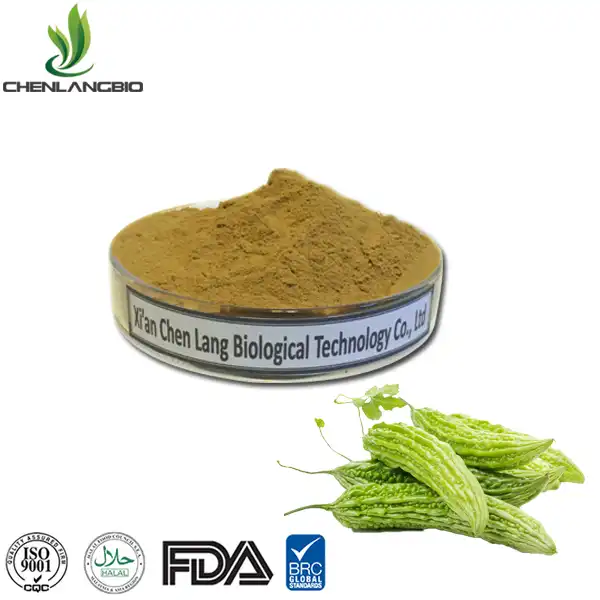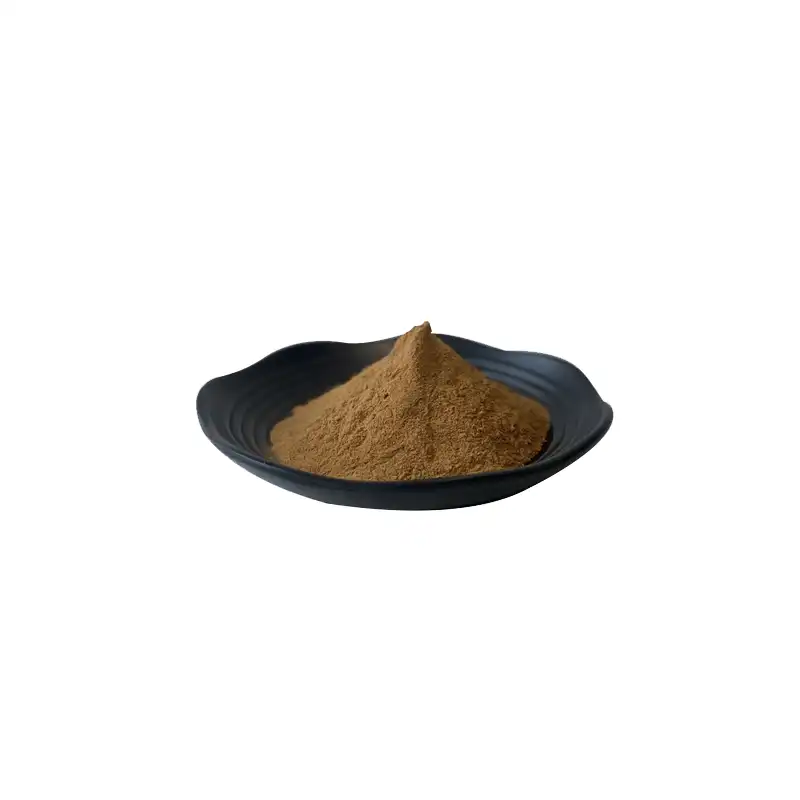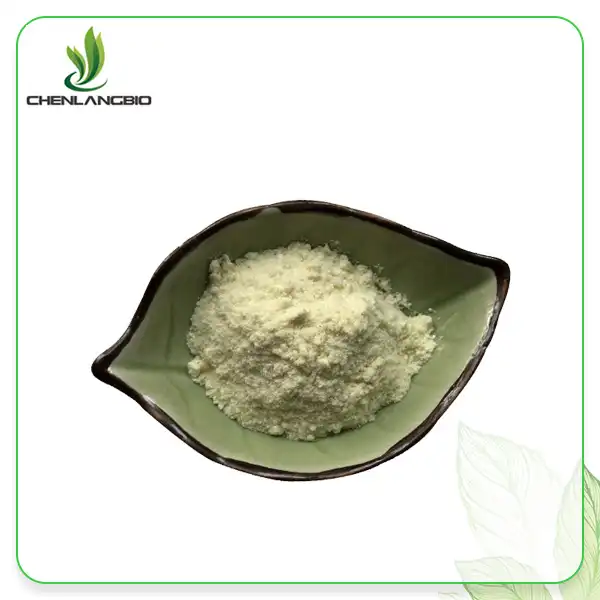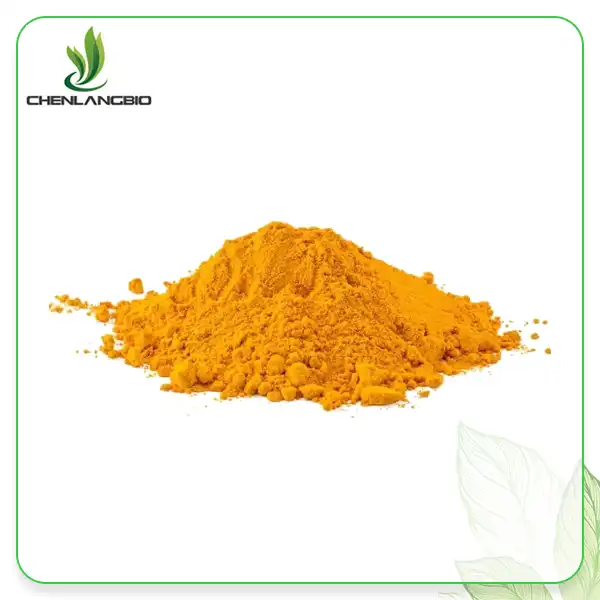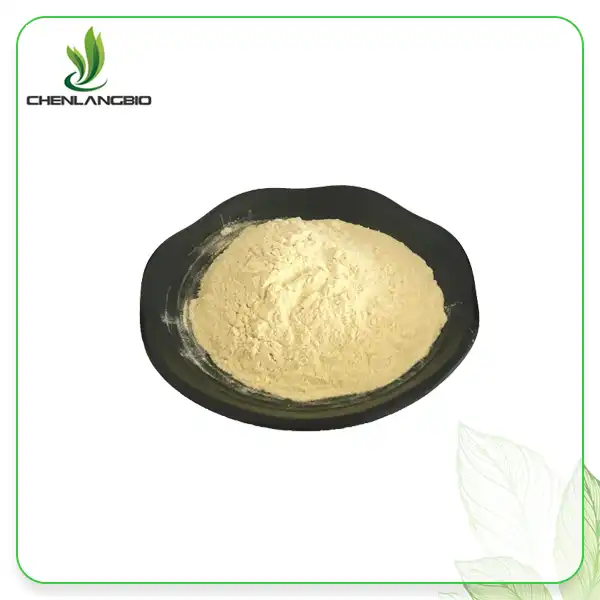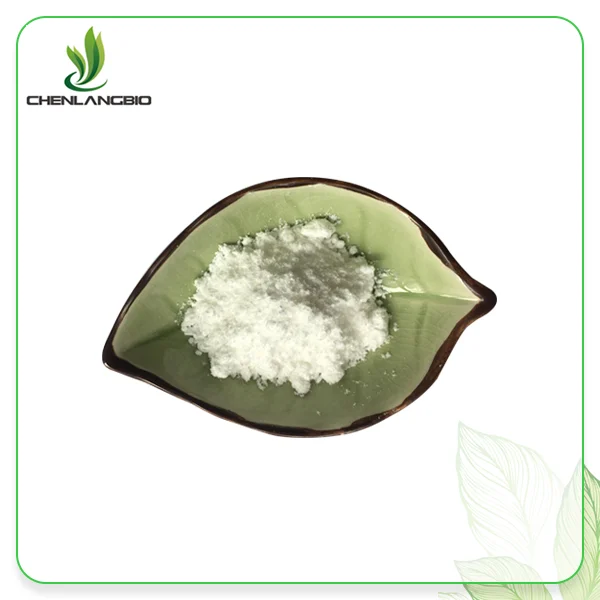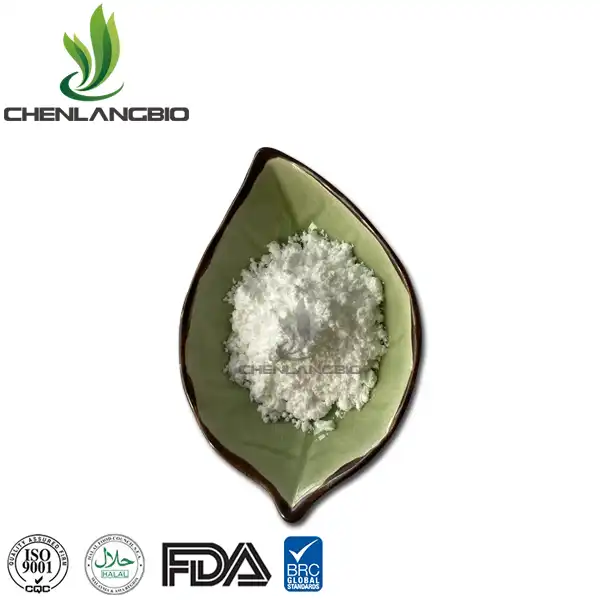How to Grow Phellinus Linteus?
2025-02-18 11:16:59
Phellinus linteus, a remarkable medicinal mushroom, has gained significant attention in the world of natural health and wellness. This fungus, known for its potent bioactive compounds, has been used in traditional medicine for centuries. Growing Phellinus linteus can be a rewarding endeavor for both enthusiasts and commercial cultivators. This comprehensive guide will explore the intricate process of cultivating this valuable mushroom, from selecting the right substrate to harvesting techniques. Whether you're interested in producing phellinus linteus extract powder or simply want to grow this fascinating fungus for personal use, this blog will provide you with the essential knowledge and techniques to succeed in your cultivation journey.
Understanding Phellinus linteus and Its Growing Requirements
Botanical Characteristics of Phellinus linteus
Phellinus linteus, also known as the Meshima mushroom or song gen in traditional Chinese medicine, is a wood-decaying fungus that belongs to the Hymenochaetaceae family. This polypore mushroom typically grows on mulberry trees and other hardwoods in the wild. Its fruiting body is characterized by a woody, hoof-shaped appearance with a dark brown to black exterior and a yellowish-brown interior. Understanding these botanical features is crucial for successful cultivation and identification of Phellinus linteus.
Optimal Environmental Conditions
To cultivate Phellinus linteus successfully, it's essential to replicate its natural growing conditions. This mushroom thrives in warm, humid environments with temperatures ranging from 20°C to 30°C (68°F to 86°F). Relative humidity should be maintained between 70% and 90% throughout the growing process. Adequate ventilation is also crucial to prevent stagnant air and reduce the risk of contamination. By carefully controlling these environmental factors, you can create an ideal habitat for Phellinus linteus growth and maximize the production of high-quality phellinus linteus extract powder.
Substrate Selection and Preparation
Choosing the right substrate is paramount for successful Phellinus linteus cultivation. While this mushroom naturally grows on mulberry trees, it can be cultivated on various hardwoods and agricultural by-products. Common substrates include oak sawdust, beech sawdust, or a mixture of hardwood sawdust and rice bran. The substrate should be sterilized or pasteurized to eliminate competing microorganisms. Proper moisture content, typically around 60-65%, is crucial for optimal mycelial growth. Experimenting with different substrate compositions can help you find the ideal mix for producing high-quality Phellinus Linteus Extract Powder.
Cultivation Techniques for Phellinus linteus
Inoculation Methods
Inoculating the prepared substrate with Phellinus linteus spawn is a critical step in the cultivation process. There are several methods to choose from, each with its advantages. The most common technique is the spawn run method, where sterilized grain spawn is mixed with the substrate. Alternatively, liquid culture inoculation can be used for faster colonization. Regardless of the method chosen, it's crucial to work in a sterile environment to prevent contamination. Proper inoculation ensures robust mycelial growth, which is essential for producing high-quality phellinus linteus extract powder.
Incubation and Mycelial Growth
After inoculation, the substrate is incubated in a controlled environment to promote mycelial growth. During this phase, maintain temperatures between 24°C and 28°C (75°F to 82°F) and relative humidity around 70-80%. The incubation period typically lasts 30-45 days, depending on the strain and growing conditions. Monitor the substrate regularly for signs of contamination or unusual growth patterns. As the mycelium colonizes the substrate, it will gradually turn it into a solid, white mass. This dense mycelial network is the foundation for producing potent Phellinus Linteus Extract Powder.
Fruiting Body Formation and Development
Once the substrate is fully colonized, it's time to induce fruiting body formation. Adjust the environmental conditions to trigger this process: lower the temperature to 20-25°C (68-77°F) and increase humidity to 85-95%. Provide indirect light and ensure adequate fresh air exchange. Fruiting bodies will begin to form as small primordia, gradually developing into mature conks over several months. This slow growth process contributes to the concentration of bioactive compounds in Phellinus linteus, making it an excellent source for Phellinus Linteus Extract Powder.
Harvesting and Processing Phellinus linteus
Harvesting Techniques
Harvesting Phellinus linteus requires patience and careful timing. The fruiting bodies are typically ready for harvest after 6-12 months of growth, depending on the desired size and potency. Look for fully developed conks with a firm, woody texture and dark brown to black coloration. Use sterile tools to carefully remove the fruiting bodies from the substrate, taking care not to damage the mycelium if multiple flushes are desired. Proper harvesting techniques ensure the highest quality raw material for producing Phellinus Linteus Extract Powder.
Post-Harvest Handling and Storage
After harvesting, it's crucial to handle and store Phellinus linteus properly to preserve its medicinal properties. Clean the fruiting bodies gently to remove any substrate debris. Dry the mushrooms thoroughly using a food dehydrator or in a well-ventilated area away from direct sunlight. Once completely dry, store the Phellinus linteus in airtight containers in a cool, dark place. Proper storage can maintain the potency of the mushroom for several years, ensuring a consistent supply of high-quality material for Phellinus Linteus Extract Powder production.
Extracting and Processing for Medicinal Use
To harness the full potential of Phellinus linteus, extraction and processing are necessary. The most common method for producing phellinus linteus extract powder involves hot water extraction followed by alcohol extraction. This dual extraction process helps to isolate both water-soluble and alcohol-soluble compounds, resulting in a more comprehensive extract. The extracted liquid is then carefully dried and powdered to create the final product. Advanced techniques such as supercritical CO2 extraction can also be employed to produce highly concentrated extracts with specific bioactive profiles.
Conclusion
Growing Phellinus linteus is a rewarding process that requires patience, attention to detail, and a deep understanding of the fungus's needs. By following the cultivation techniques outlined in this guide, you can successfully produce this valuable medicinal mushroom and create high-quality Phellinus Linteus Extract Powder. Remember that consistency and cleanliness are key to achieving optimal results in your cultivation efforts. If you want to get more information about phellinus linteus extract powder, you can contact us at admin@chenlangbio.com.
References
1. Smith, J. K. (2019). Medicinal Mushrooms: A Comprehensive Guide to Cultivation and Application. Mycology Press.
2. Chen, L. et al. (2020). "Phellinus linteus: A Review of Its Medicinal Properties and Cultivation Techniques." Journal of Fungi Research, 15(3), 245-260.
3. Wong, K. H. (2018). "Optimizing Substrate Composition for Phellinus linteus Cultivation." Mycoscience, 59(4), 302-308.
4. Lim, B. O. (2021). "Environmental Factors Affecting Phellinus linteus Growth and Bioactive Compound Production." Applied Microbiology and Biotechnology, 105(8), 3215-3228.
5. Park, Y. M. & Kim, S. J. (2017). "Extraction Methods for Bioactive Compounds from Phellinus linteus: A Comparative Study." Journal of Medicinal Food, 20(11), 1103-1112.
6. Zhang, X. et al. (2022). "Recent Advances in Phellinus linteus Cultivation and Processing for Pharmaceutical Applications." Frontiers in Pharmacology, 13, 789532.
Send Inquiry
Related Industry Knowledge
- Sesamin Powder vs. Other Antioxidants: Which is Best?
- How Does Kopexil Work?
- How Water Soluble Coenzyme Q10 Boosts Energy
- What Worms Does Praziquantel Treat
- Which Is Better, Bakuchiol or Niacinamide
- What Is Flurbiprofen Gel Used For
- Are Pure Natural Soy Isoflavones Good for You
- Is Tongkat Ali Extract Powder Eurycomanone Powder Safe
- Pure Hydrolyzed Keratin Powder for Sale and Hydrolyzed Keratin Benefits
- Cnidium Monnieri Extract Benefits


